Home>Gardening & Outdoor>Landscaping Ideas>What Kind Of Grass Grows In Illinois
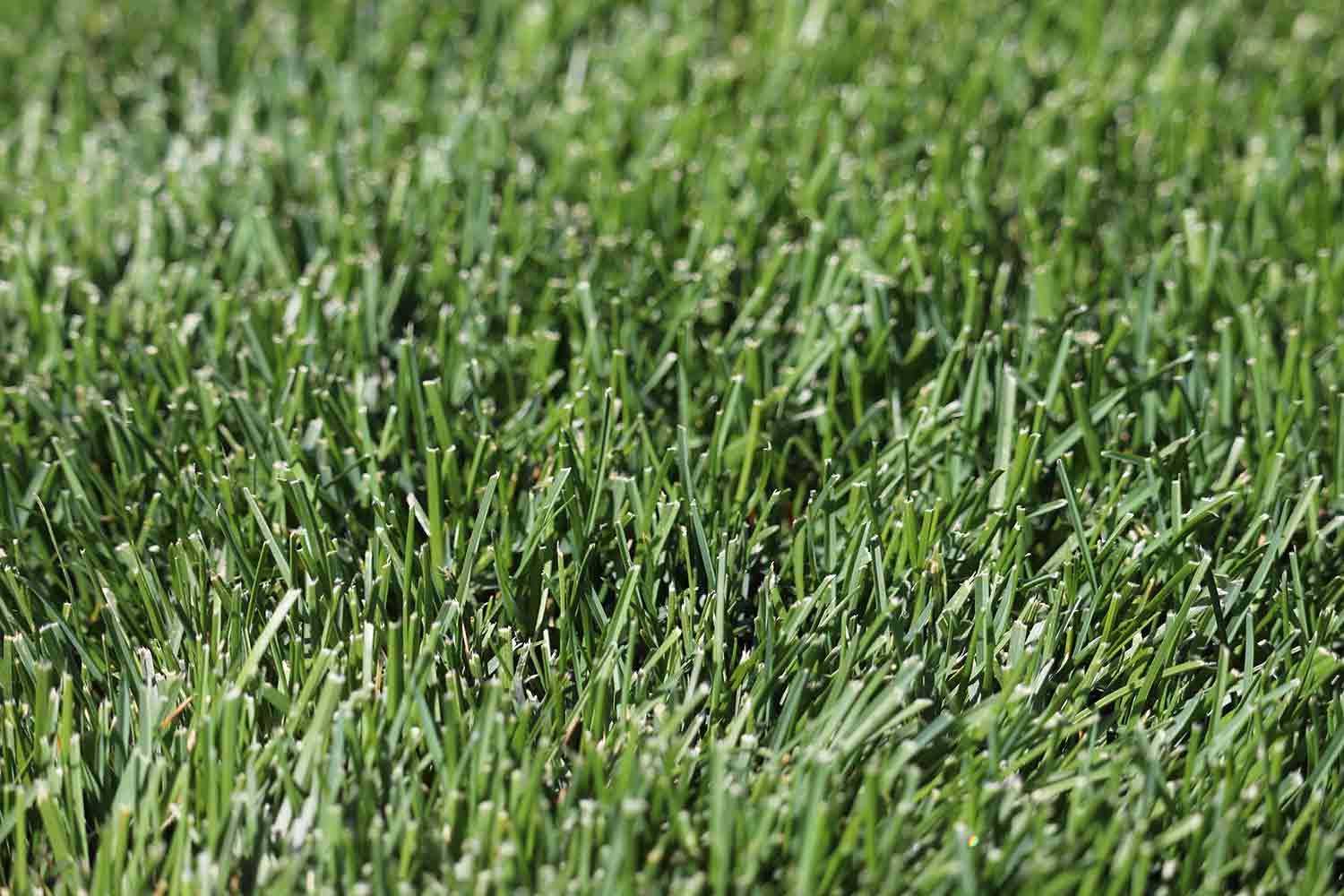

Landscaping Ideas
What Kind Of Grass Grows In Illinois
Modified: February 18, 2024
Discover the best landscaping ideas for Illinois with our guide on the types of grass that thrive in the region. Transform your outdoor space with the perfect grass for your Illinois landscape.
(Many of the links in this article redirect to a specific reviewed product. Your purchase of these products through affiliate links helps to generate commission for Storables.com, at no extra cost. Learn more)
Introduction
Welcome to the lush, green world of landscaping in Illinois! When it comes to creating a beautiful and vibrant lawn, choosing the right type of grass is crucial. Illinois, with its diverse climate and soil conditions, presents a unique set of challenges and opportunities for landscaping enthusiasts. Whether you’re a homeowner or a professional landscaper, understanding the best grass options for Illinois is essential for achieving a thriving and picturesque lawn.
In this comprehensive guide, we’ll delve into the various types of grasses that thrive in Illinois, taking into account the climate, soil conditions, and maintenance requirements. By the end of this article, you’ll be equipped with the knowledge to make informed decisions about the best grass for your Illinois lawn, ensuring that it remains healthy, vibrant, and resilient throughout the year.
Key Takeaways:
- Illinois has diverse climates and soil types, making it crucial to choose the right grass for a vibrant lawn. Cool-season grasses like Kentucky bluegrass and warm-season grasses like Zoysia are top choices for Illinois landscapes.
- Maintaining a healthy Illinois lawn requires regular mowing, proper watering, fertilization, weed control, and aeration. By following these tips, you can nurture a resilient and visually stunning lawn that enhances the beauty of your property.
Read more: What Kind Of Grass Grows In Tennessee
Climate and Soil Conditions in Illinois
Illinois experiences a diverse range of climates, from hot and humid summers to cold and snowy winters. Understanding the specific climate and soil conditions in Illinois is essential for selecting the most suitable grass varieties for your lawn.
The northern regions of Illinois, including Chicago, are characterized by a continental climate with cold winters and warm summers. In contrast, the southern regions, such as Carbondale, have a slightly warmer climate with milder winters and hotter summers. These variations in climate impact the types of grasses that thrive in different parts of the state.
When it comes to soil, Illinois boasts a variety of soil types, including loam, clay, and silt. The soil pH levels in Illinois typically range from slightly acidic to neutral, providing a fertile ground for a wide range of grass species to flourish.
It’s important to consider the specific microclimates within your local area, as factors such as urban heat islands and proximity to bodies of water can influence the local growing conditions. By understanding the unique climate and soil characteristics of your specific location in Illinois, you can make informed decisions when selecting the most suitable grass for your lawn.
Cool-Season Grasses
Cool-season grasses are well-suited to the climate of Illinois, particularly thriving during the cooler months of the year. These grasses exhibit optimal growth when temperatures range between 60 to 75 degrees Fahrenheit, making them ideal for the spring and fall seasons in Illinois.
One of the most popular cool-season grasses in Illinois is Kentucky bluegrass. Known for its lush, emerald-green appearance and fine texture, Kentucky bluegrass forms a dense and luxurious lawn. It thrives in the cooler temperatures of spring and fall, making it a top choice for many Illinois homeowners.
Fescue grass is another cool-season option that excels in Illinois. With its ability to withstand both sun and shade, fescue grass is well-suited to the varying light conditions often found in Illinois landscapes. It offers excellent drought tolerance and maintains its vibrant green color throughout the growing season.
Perennial ryegrass is also a popular choice among cool-season grasses in Illinois. It establishes quickly, providing a dense and attractive lawn that can withstand heavy foot traffic. Its adaptability to a range of soil types and its rapid germination make it a versatile option for Illinois lawns.
These cool-season grasses not only add beauty to Illinois landscapes but also contribute to soil stabilization and erosion control, making them valuable additions to both residential and commercial properties.
Warm-Season Grasses
While cool-season grasses thrive during the spring and fall, warm-season grasses are well-suited to the hot and humid summers of Illinois. These grasses exhibit optimal growth when temperatures range between 80 to 95 degrees Fahrenheit, making them resilient in the face of Illinois’ summer climate.
Zoysia grass is a popular choice among warm-season grasses in Illinois. Its dense, lush growth and excellent heat tolerance make it well-suited to the summer conditions in the state. Zoysia grass forms a thick carpet of grass that can withstand heavy foot traffic, making it an ideal choice for lawns, parks, and recreational areas.
Bermuda grass is another warm-season option that thrives in Illinois. Known for its rapid growth and exceptional heat tolerance, Bermuda grass creates a resilient and visually appealing lawn. Its ability to establish quickly and recuperate from stress makes it a valuable choice for high-traffic areas in Illinois landscapes.
Celebrated for its fine texture and vibrant green color, St. Augustine grass is well-suited to the southern regions of Illinois, where milder winters and hotter summers prevail. Its shade tolerance and ability to thrive in varying soil types make it a versatile choice for lawns and landscaping projects in Illinois.
These warm-season grasses not only enhance the aesthetic appeal of Illinois landscapes but also contribute to soil conservation and erosion control, making them valuable assets for maintaining the ecological balance of the region.
Best Grasses for Illinois
When it comes to selecting the best grass for your Illinois lawn, considering the specific climate and soil conditions is essential. Given the diverse range of climates and soil types across the state, certain grass varieties stand out as top choices for Illinois landscapes.
Read more: What Kind Of Grass Grows In Indiana
Cool-Season Grasses
- Kentucky Bluegrass: With its lush, emerald-green appearance and fine texture, Kentucky bluegrass is a top choice for Illinois lawns. Its resilience in cooler temperatures and ability to form a dense, luxurious lawn make it a popular option for homeowners across the state.
- Fescue Grass: Known for its adaptability to varying light conditions and excellent drought tolerance, fescue grass is well-suited to the diverse landscapes of Illinois. Its ability to maintain vibrant green color throughout the growing season makes it a valuable addition to Illinois lawns.
- Perennial Ryegrass: Offering rapid germination and adaptability to a range of soil types, perennial ryegrass is a versatile option for Illinois landscapes. Its dense and attractive growth, coupled with its ability to withstand heavy foot traffic, makes it a popular choice for residential and commercial properties.
Warm-Season Grasses
- Zoysia Grass: Celebrated for its dense, lush growth and exceptional heat tolerance, Zoysia grass is an ideal choice for the hot and humid summers of Illinois. Its resilience to heavy foot traffic and ability to create a thick carpet of grass make it a valuable addition to lawns, parks, and recreational areas.
- Bermuda Grass: With its rapid growth and exceptional heat tolerance, Bermuda grass thrives in the summer conditions of Illinois. Its ability to establish quickly and recuperate from stress makes it a valuable choice for high-traffic areas in Illinois landscapes.
- St. Augustine Grass: Well-suited to the milder winters and hotter summers of southern Illinois, St. Augustine grass offers a vibrant green color and shade tolerance. Its versatility in varying soil types makes it an excellent choice for lawns and landscaping projects in the region.
By selecting the best grass varieties tailored to the specific climate and soil conditions of your location in Illinois, you can create a thriving and visually stunning lawn that enhances the beauty of your property while contributing to the ecological balance of the region.
Maintenance and Care Tips
Maintaining a vibrant and healthy lawn in Illinois requires diligent care and attention throughout the year. By implementing proper maintenance practices, you can ensure that your grass remains resilient and visually appealing, regardless of the seasonal changes and environmental conditions.
Regular Mowing
For cool-season grasses such as Kentucky bluegrass and fescue, maintaining a mowing height of around 2.5 to 3.5 inches is ideal. During the peak growing season, mow the grass frequently to prevent it from becoming too long, which can lead to thatch buildup and inhibit healthy growth. For warm-season grasses like Zoysia and Bermuda, a slightly lower mowing height of around 1.5 to 2.5 inches is recommended to promote dense growth and discourage weed infestation.
Read more: What Kind Of Grass Grows In Houston
Proper Watering
Ensuring adequate hydration for your lawn is crucial, especially during the hot and dry periods in Illinois. For cool-season grasses, deep and infrequent watering is preferred to encourage deep root growth and drought tolerance. Warm-season grasses benefit from regular watering but should be allowed to dry out between watering sessions to prevent waterlogged soil and fungal diseases.
Fertilization Schedule
Implementing a consistent fertilization schedule is essential for providing the necessary nutrients to your grass. For cool-season grasses, fertilize in the fall and spring to promote healthy growth and winter hardiness. Warm-season grasses thrive with fertilization in the late spring and summer to support vigorous growth during the peak growing season.
Weed Control
Regularly inspect your lawn for weeds and implement appropriate control measures to prevent them from overtaking the grass. Utilize herbicides and manual removal methods to address weed infestations, ensuring that your grass can thrive without competition from invasive plant species.
Aeration and Overseeding
Periodic aeration and overseeding are beneficial practices for maintaining healthy and resilient grass in Illinois. Aeration helps alleviate soil compaction and improve air and water penetration, while overseeding introduces new grass varieties to rejuvenate the lawn and fill in bare patches.
By adhering to these maintenance and care tips, you can nurture a thriving and resilient lawn in Illinois, enhancing the beauty of your property and contributing to the overall environmental health of the region.
Conclusion
Creating and maintaining a vibrant and healthy lawn in Illinois is a rewarding endeavor that requires a thoughtful approach to grass selection and diligent care. By understanding the diverse climate and soil conditions across the state, homeowners and landscapers can make informed decisions when choosing the best grass varieties for their specific locations.
From the lush, emerald-green beauty of Kentucky bluegrass to the resilient and heat-tolerant characteristics of Zoysia and Bermuda grasses, Illinois offers a wealth of options for creating stunning and resilient lawns. Whether you reside in the northern regions with their cold winters or the southern areas with their hot summers, there are grass varieties perfectly suited to thrive in your local environment.
Implementing proper maintenance and care practices, including regular mowing, proper watering, fertilization, weed control, and aeration, is essential for nurturing a healthy and visually appealing lawn throughout the year. By following these guidelines, homeowners and landscapers can ensure that their grass remains resilient, vibrant, and well-equipped to withstand the seasonal changes and environmental conditions in Illinois.
Ultimately, the beauty and ecological contributions of a well-maintained lawn extend beyond individual properties, enhancing the overall environmental health and aesthetic appeal of the region. By selecting the best grass varieties and implementing effective maintenance strategies, you can contribute to the preservation and enhancement of Illinois’ natural landscapes while enjoying the beauty and tranquility of a thriving lawn.
With a deep understanding of the climate, soil conditions, and best practices for grass maintenance, you are well-equipped to embark on a journey of creating and nurturing a stunning lawn that adds joy and beauty to your Illinois landscape.
Frequently Asked Questions about What Kind Of Grass Grows In Illinois
Was this page helpful?
At Storables.com, we guarantee accurate and reliable information. Our content, validated by Expert Board Contributors, is crafted following stringent Editorial Policies. We're committed to providing you with well-researched, expert-backed insights for all your informational needs.
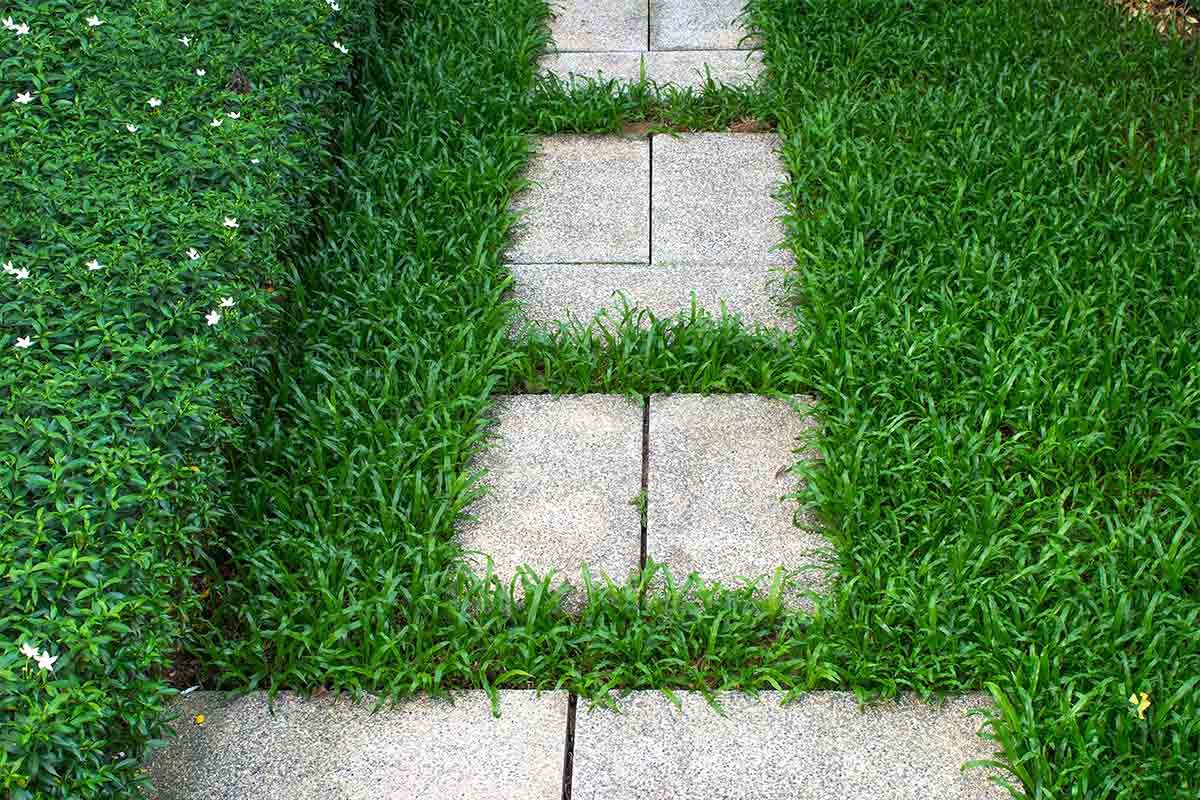
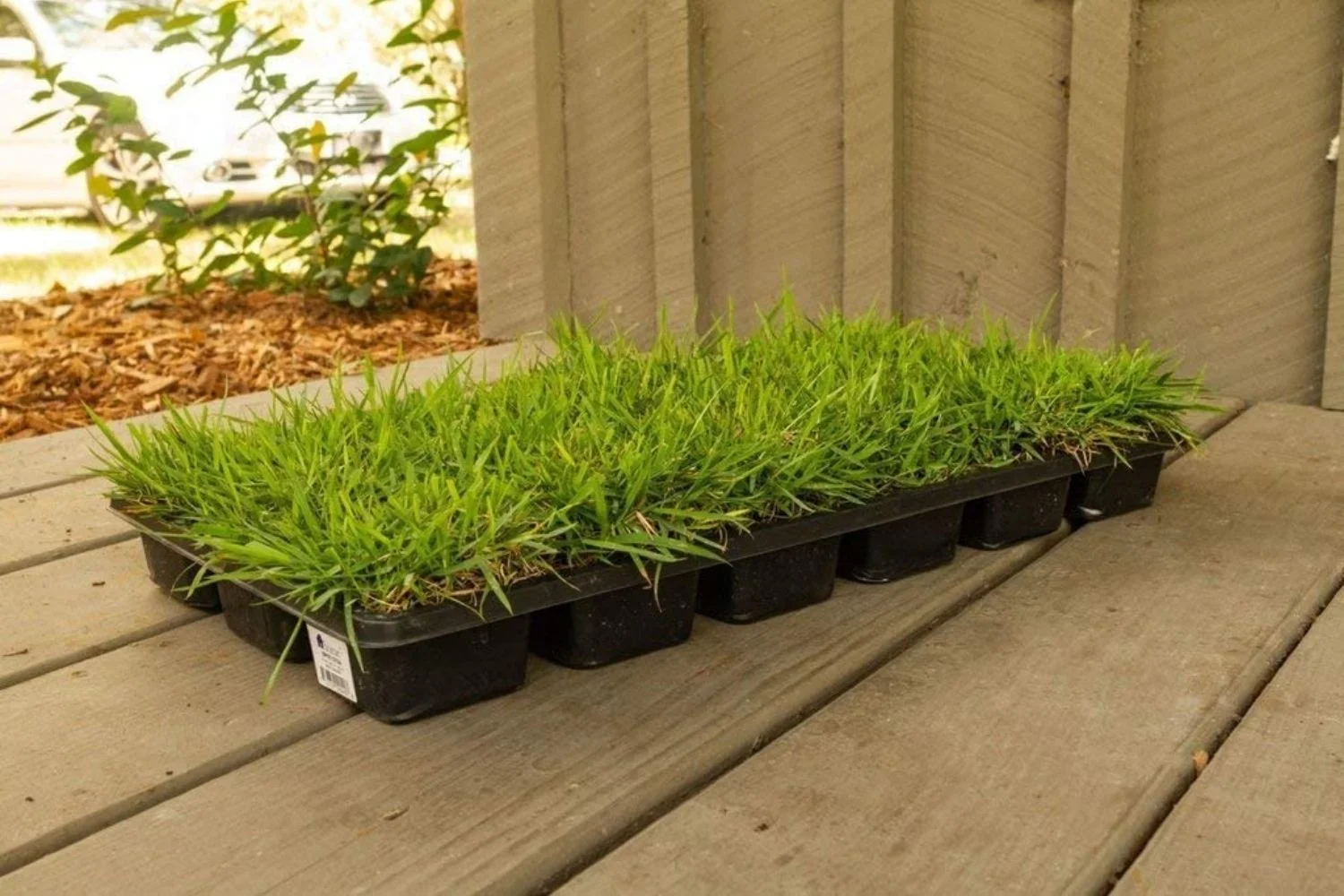
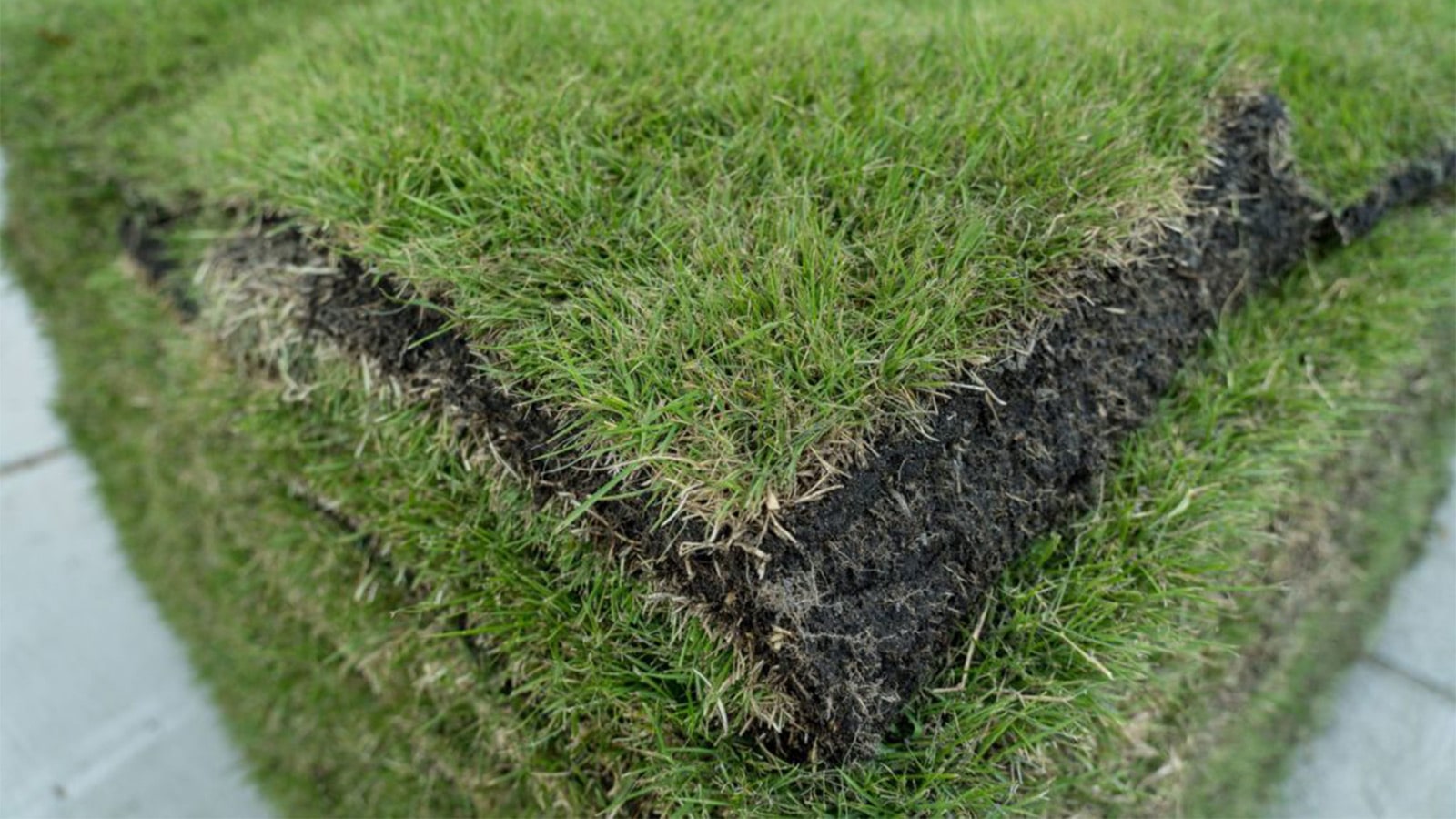
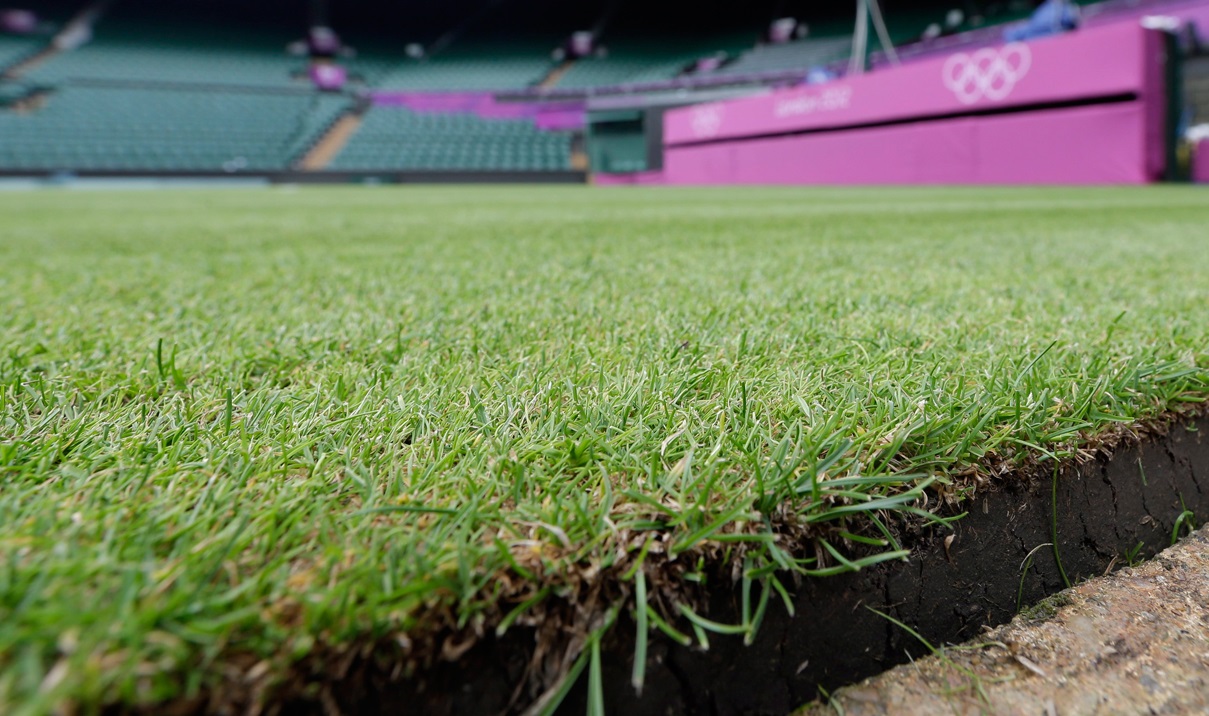
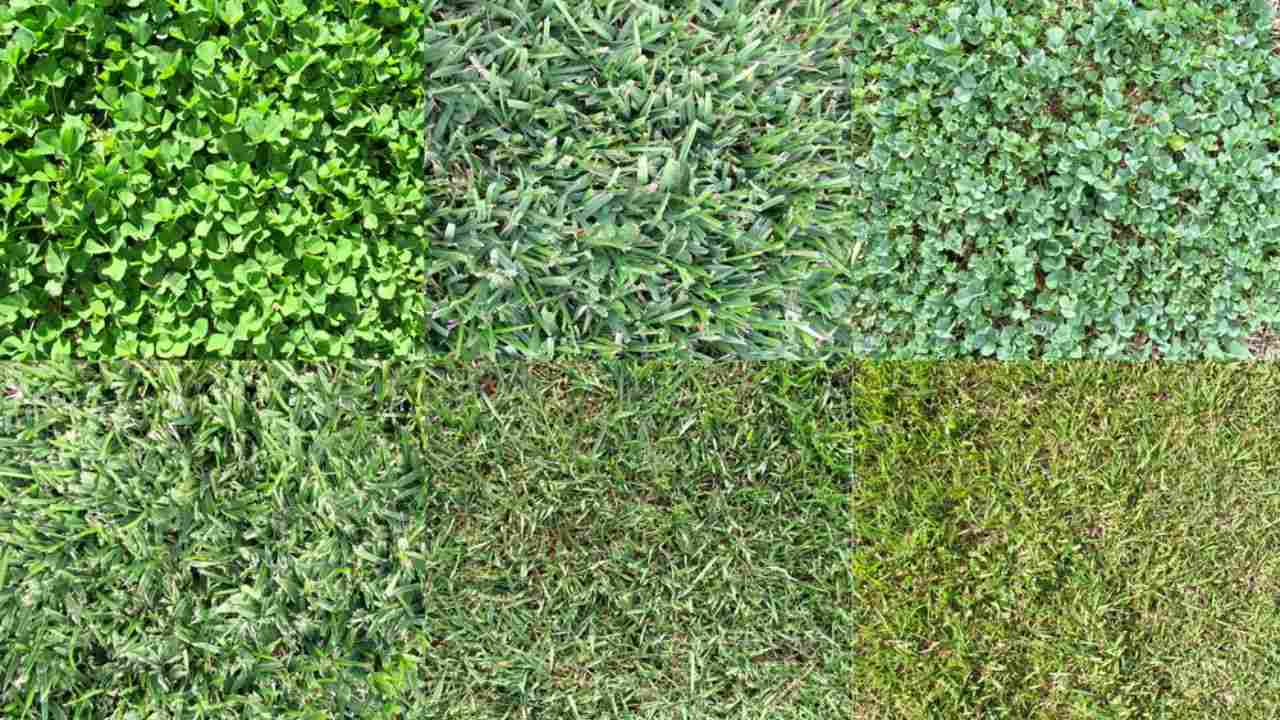
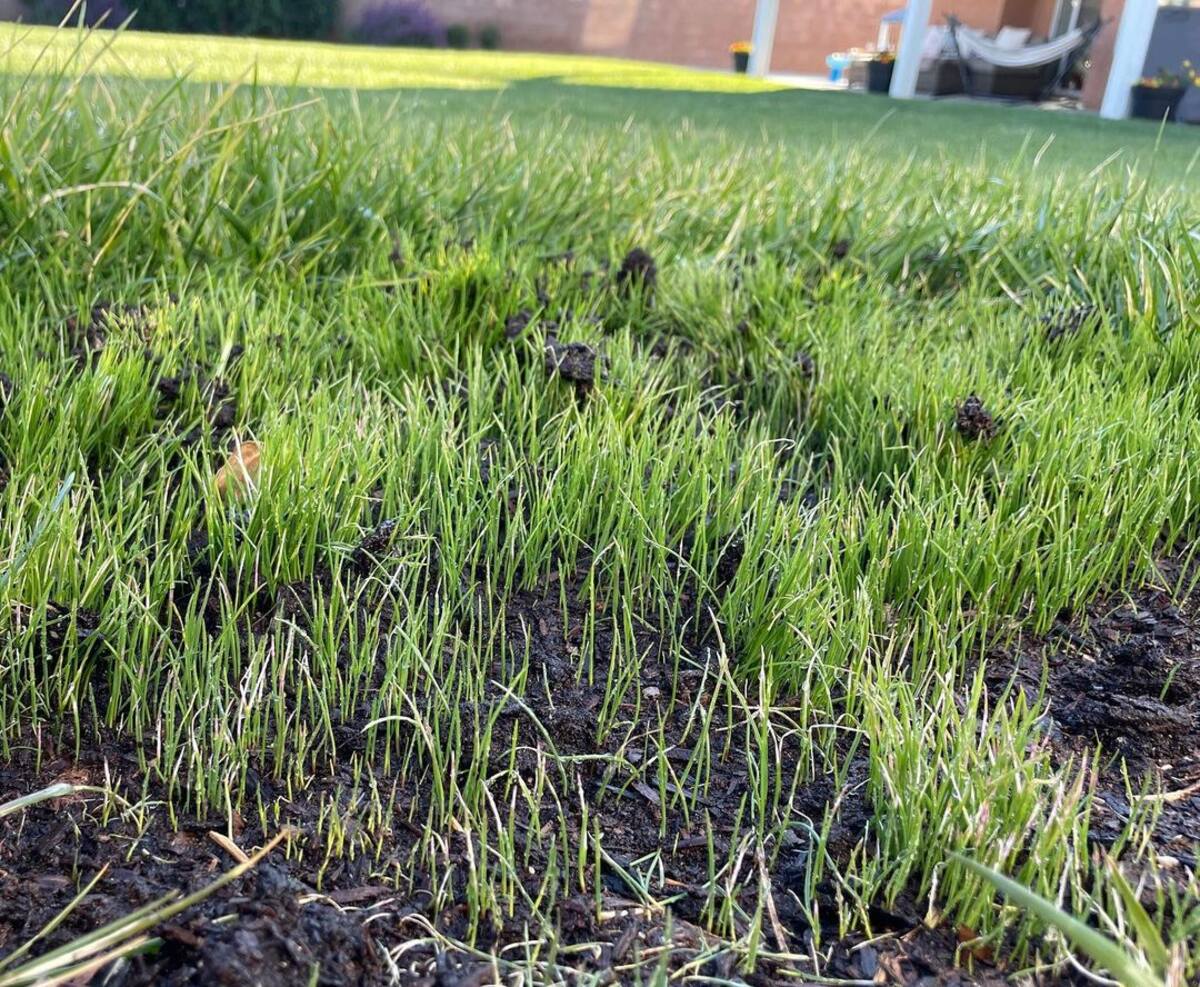
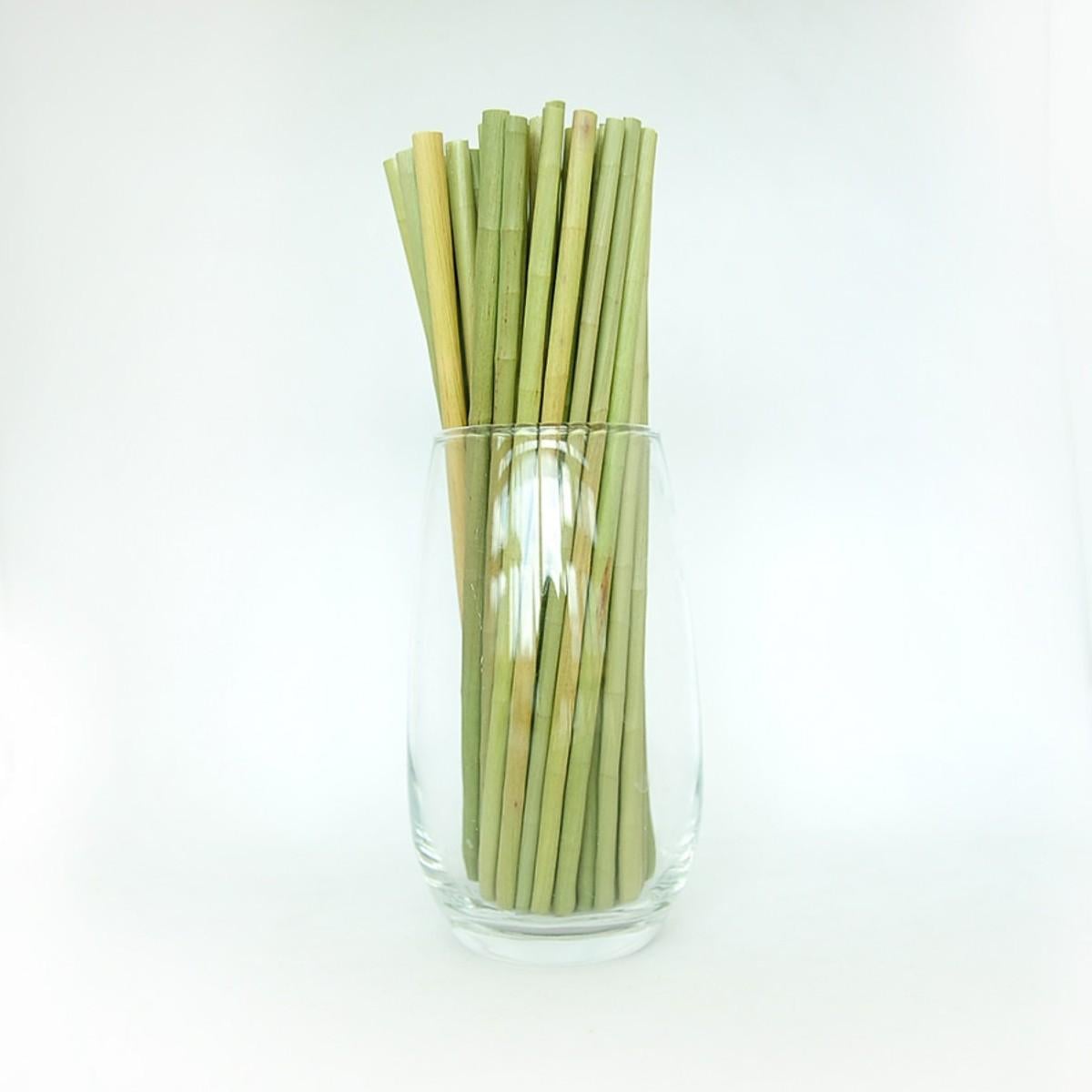
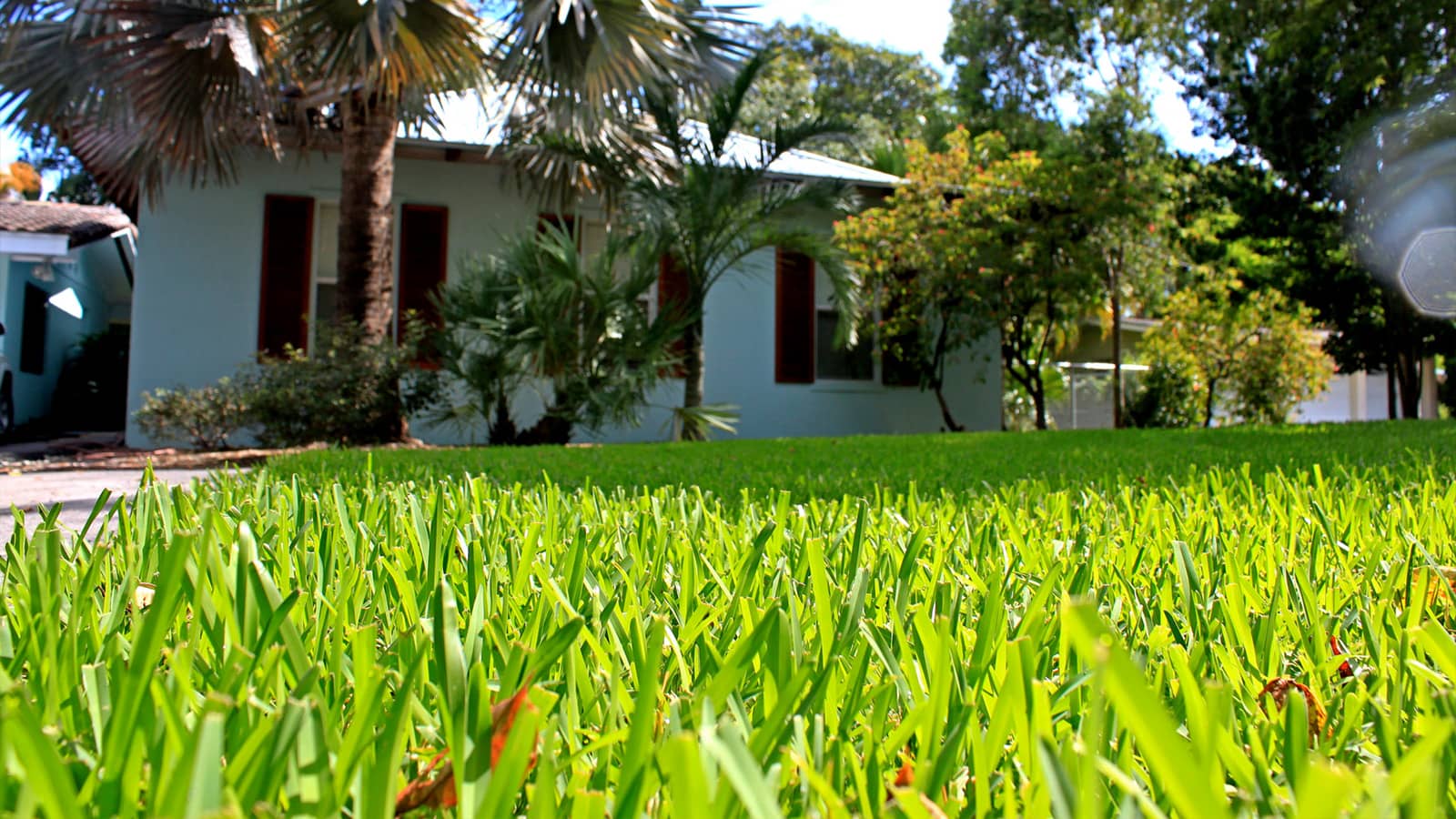
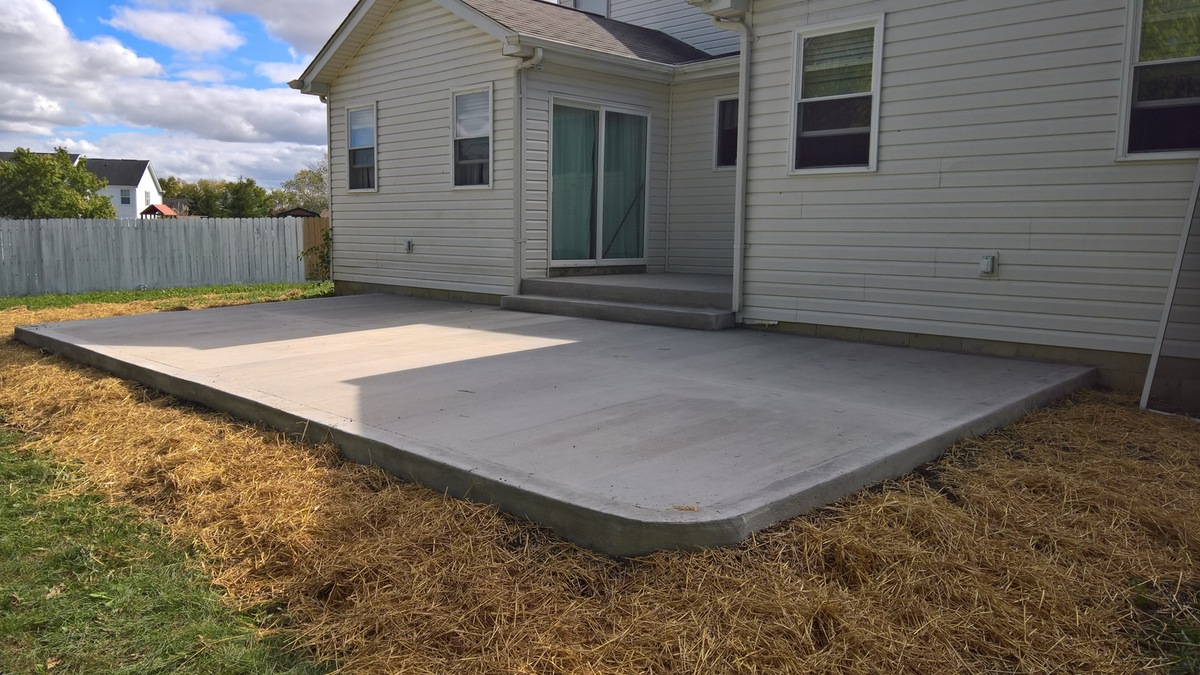
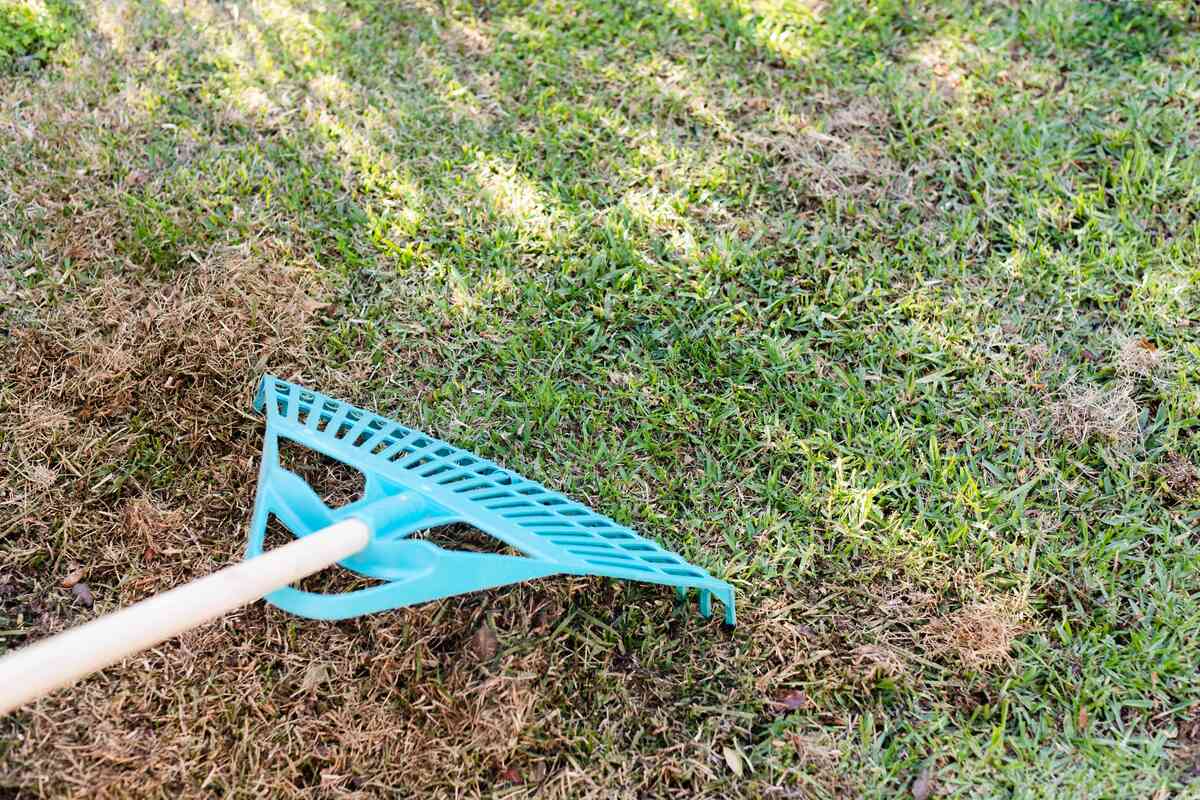
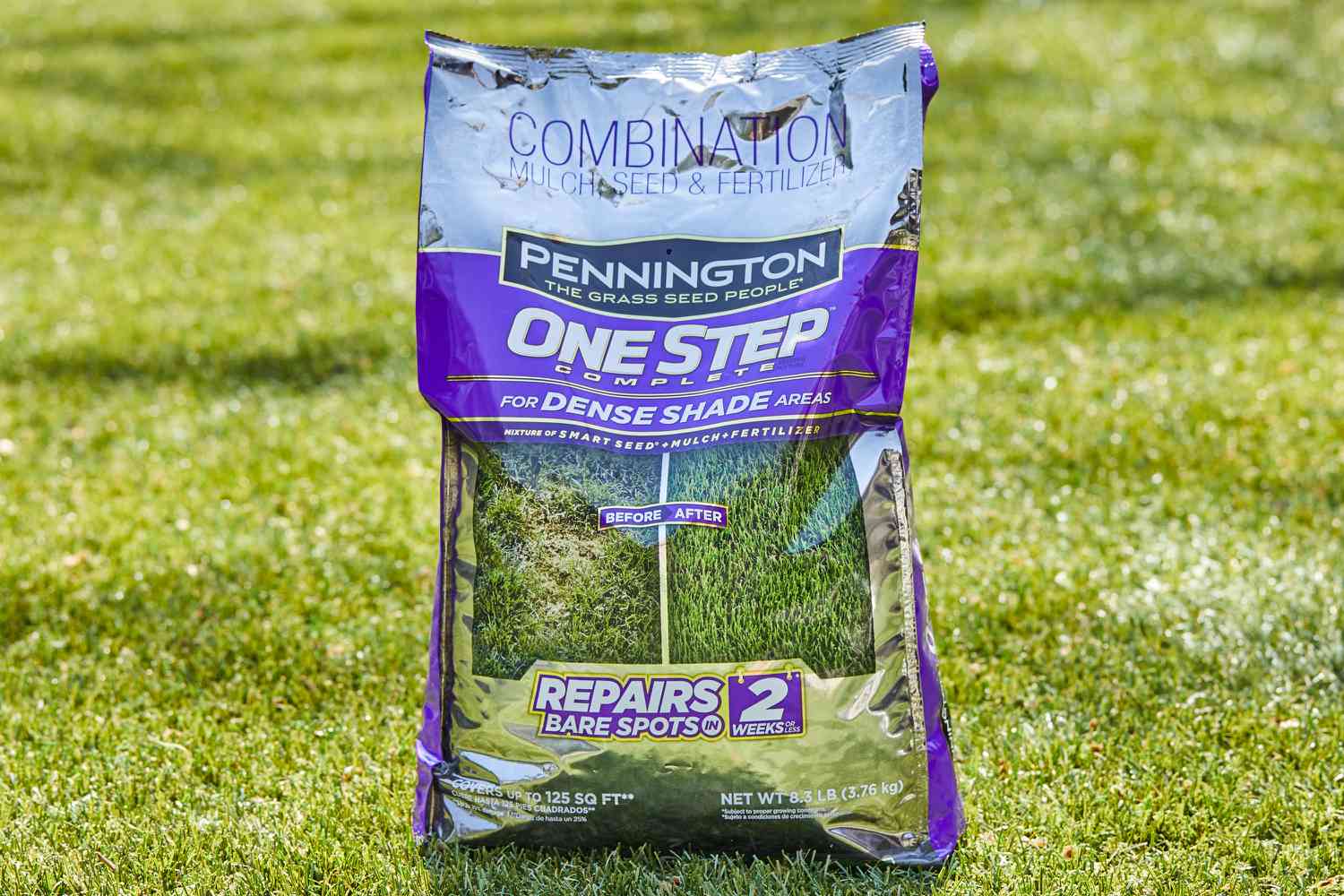
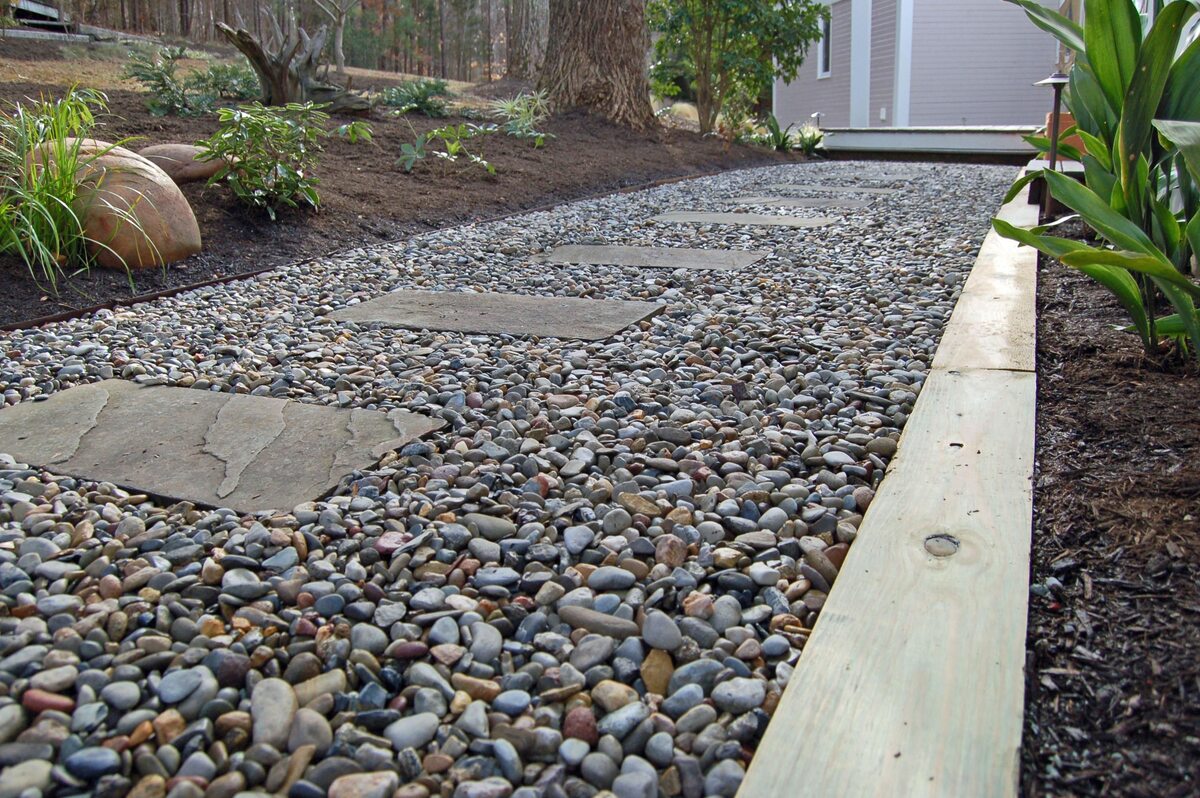

0 thoughts on “What Kind Of Grass Grows In Illinois”